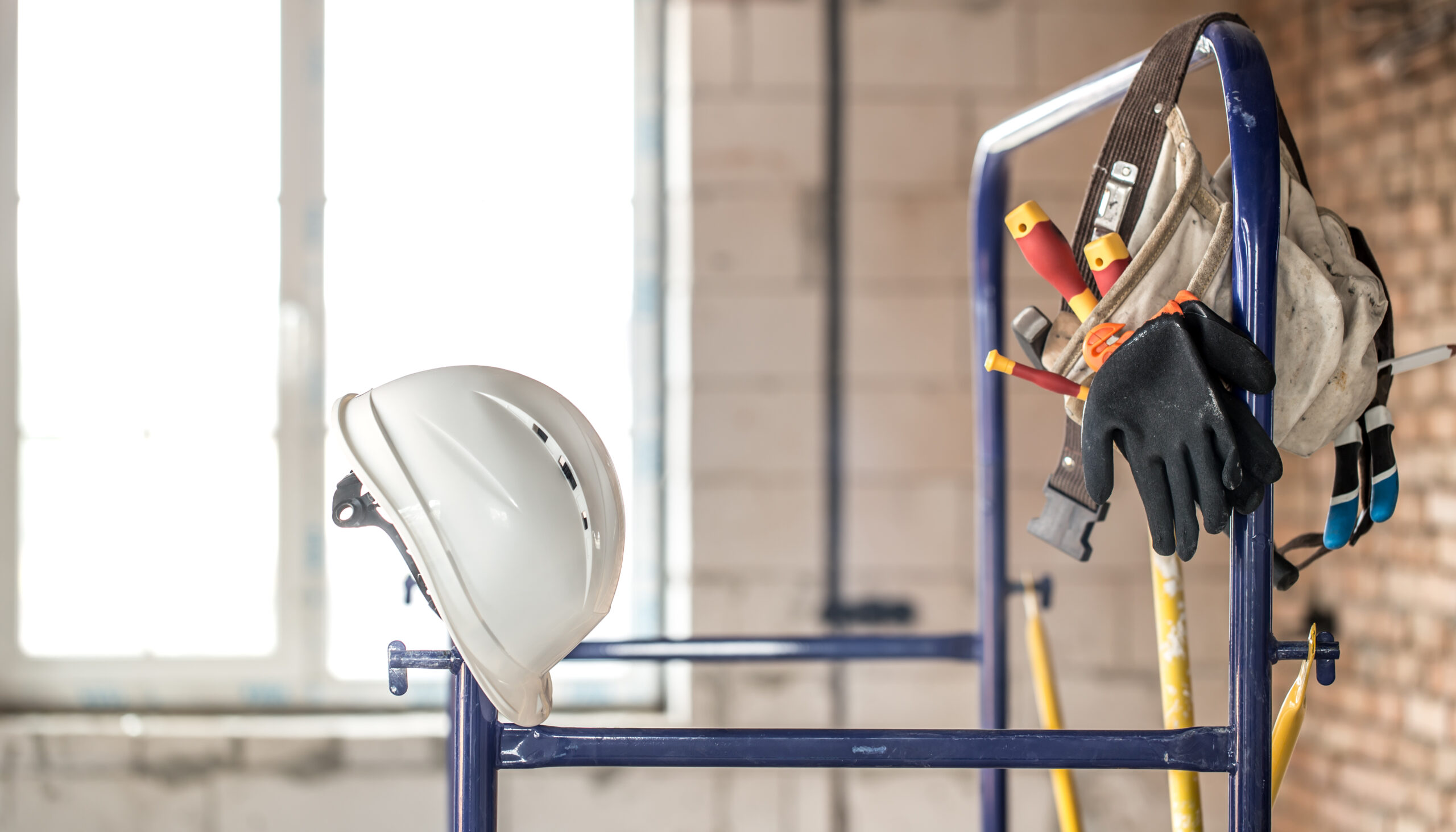Workplace hazards are a reality in almost every industry, from construction sites to office environments. Whether you’re handling heavy machinery or sitting at a desk, risks exist, and it’s essential to identify them and take preventative measures to ensure the safety and well-being of all employees. This article highlights five of the most common workplace hazards and provides practical tips to help you prevent them.
1. Slips, Trips, and Falls
The Hazard:
Slips, trips, and falls are among the most common causes of workplace injuries. Wet floors, uneven surfaces, poorly lit areas, and obstacles left in walkways can result in accidents that range from minor bruises to severe injuries.
How to Prevent Them:
- Maintain Clean and Dry Floors: Clean up spills immediately and place warning signs in areas where floors are wet.
- Organize Workspaces: Keep walkways clear of clutter, cords, or equipment.
- Improve Lighting: Ensure all work areas are well-lit to eliminate tripping hazards in dim spaces.
- Wear Appropriate Footwear: Encourage employees to wear shoes with proper grip, especially in industries like construction or manufacturing.
2. Electrical Hazards
The Hazard:
Electrical risks can range from exposed wires to overloaded circuits, faulty equipment, or improper use of electrical tools. These hazards can cause shocks, burns, or even fires.
How to Prevent Them:
- Conduct Regular Inspections: Check electrical equipment and wiring frequently for signs of wear and tear.
- Train Employees: Ensure workers know how to use electrical tools and equipment safely.
- Label Electrical Panels Clearly: Keep access to panels unobstructed, and ensure they’re properly labeled.
- Follow OSHA Standards: Adhere to OSHA guidelines for electrical safety in your industry.
3. Hazardous Chemicals
The Hazard:
Workers in industries like manufacturing, cleaning, or healthcare often handle hazardous chemicals. Improper handling, storage, or disposal of these substances can lead to burns, poisoning, or respiratory issues.
How to Prevent Them:
- Provide Training: Ensure all employees handling chemicals are trained in proper procedures and understand Material Safety Data Sheets (MSDS).
- Use Personal Protective Equipment (PPE): Equip workers with gloves, goggles, masks, or respirators as required.
- Proper Storage: Store chemicals in designated areas, away from incompatible substances, and ensure containers are clearly labeled.
- Ventilation: Maintain good ventilation in areas where chemicals are used.
4. Ergonomic Hazards
The Hazard:
While often overlooked, ergonomic hazards are a leading cause of long-term injuries. Poor posture, repetitive motions, or improper workstation setup can lead to musculoskeletal disorders (MSDs) such as back pain, carpal tunnel syndrome, or neck strain.
How to Prevent Them:
- Ergonomic Workstations: Provide adjustable desks, chairs, and monitor stands to support good posture.
- Encourage Breaks: Allow workers to take regular breaks to stretch and rest.
- Train Employees: Teach proper lifting techniques and posture for physically demanding jobs.
- Use Tools and Equipment: Reduce manual labor by providing tools that minimize repetitive motions.
5. Fire Hazards
The Hazard:
Fires can start from flammable materials, faulty equipment, or human error, posing serious risks to life and property. Without proper precautions, fire emergencies can escalate quickly.
How to Prevent Them:
- Install Fire Safety Equipment: Equip workplaces with fire extinguishers, smoke detectors, and sprinkler systems.
- Train Employees: Conduct regular fire drills and ensure everyone knows evacuation routes and emergency procedures.
- Proper Storage: Store flammable materials in secure, designated areas.
- Electrical Safety: Prevent electrical fires by avoiding overloading circuits and maintaining equipment.
Final Thoughts
Safety should always be a top priority in any workplace. Identifying and mitigating these common hazards not only protects employees but also boosts morale and productivity. A proactive approach to safety is the best way to reduce accidents and create a culture of care and accountability.
At Safecous, we specialize in OSHA certification and safety training tailored to your industry. Whether you’re looking to enhance safety protocols or train your team, we’re here to help. Contact us today to learn more about our comprehensive training programs and resources.
